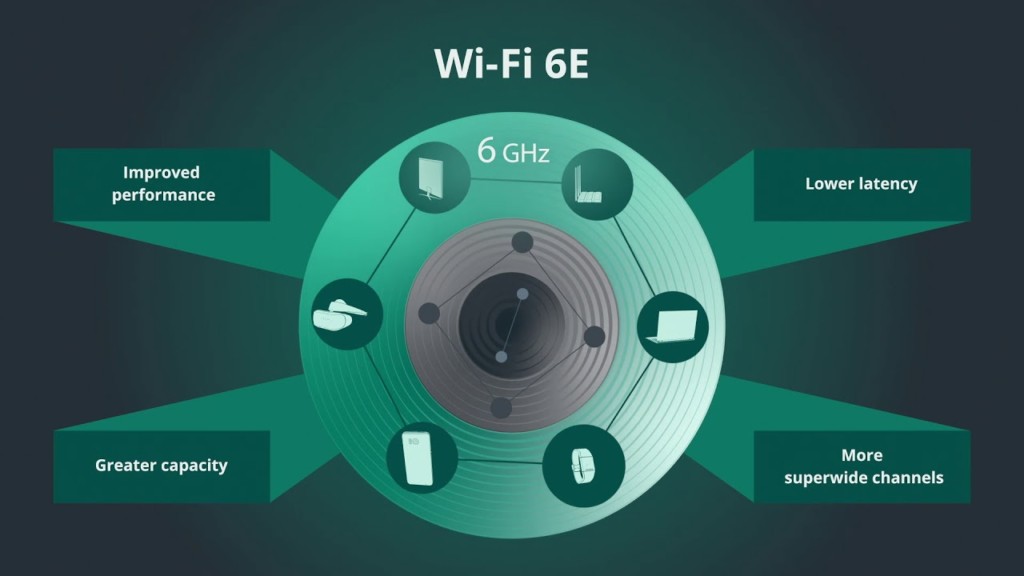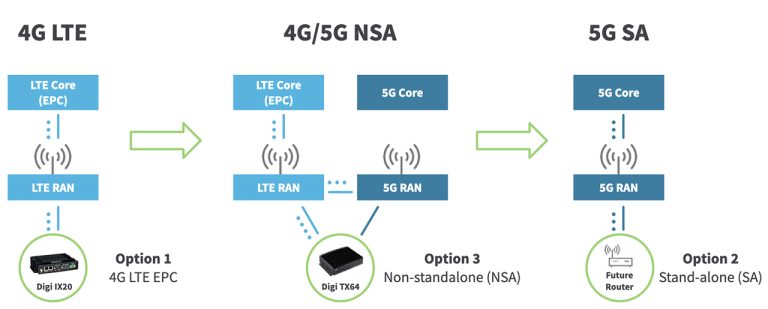Wi-Fi 6E vs Wi-Fi 6: What’s New and Why It Matters for Home & Enterprise Networks
telcomatraining.com – As wireless demands continue to grow, choosing the right Wi-Fi standard has become more critical than ever. The latest in wireless evolution, Wi-Fi 6E, builds on the foundation of Wi-Fi 6, offering users enhanced speed, lower latency, and access to an entirely new frequency band. Whether you’re managing a home network or a large-scale enterprise infrastructure, understanding the difference between Wi-Fi 6E and Wi-Fi 6 can help you future-proof your connectivity strategy.
What is Wi-Fi 6?
Wi-Fi 6, also known as 802.11ax, is a major improvement over its predecessor, Wi-Fi 5 (802.11ac). It enhances performance in crowded environments like apartments, offices, and stadiums. Wi-Fi 6 introduced key features such as OFDMA (Orthogonal Frequency-Division Multiple Access), Target Wake Time (TWT), and MU-MIMO (Multi-User Multiple Input Multiple Output) for both uplink and downlink.
These features translate to:
- Better efficiency for multiple device connections
- Reduced battery consumption for IoT and mobile devices
- Increased throughput and range
Wi-Fi 6 operates on the 2.4GHz and 5GHz frequency bands, which are already saturated with numerous consumer and industrial devices.
What is Wi-Fi 6E?
Wi-Fi 6E takes everything that Wi-Fi 6 offers and extends it into the 6GHz spectrum—a newly opened band that delivers faster, cleaner, and less congested wireless traffic.
This means:
- Up to 14 additional 80 MHz channels or 7 additional 160 MHz channels, depending on regional regulations
- Lower latency due to less interference
- More bandwidth for data-heavy applications like 4K/8K video streaming, AR/VR, and remote work solutions
In essence, Wi-Fi 6E brings high-performance wireless capabilities into a new frequency frontier, free from legacy devices and interference.
Key Differences: Wi-Fi 6 vs Wi-Fi 6E
| Feature | Wi-Fi 6 | Wi-Fi 6E |
|---|---|---|
| Frequency Bands | 2.4GHz & 5GHz | 2.4GHz, 5GHz & 6GHz |
| Congestion & Interference | Moderate to High | Low (6GHz band is less crowded) |
| Speed & Bandwidth | High | Higher due to wider channels |
| Device Support | Broad, backward-compatible | Requires Wi-Fi 6E-enabled devices |
| Latency | Lower than Wi-Fi 5 | Even lower due to new spectrum |
Why It Matters for Home Networks
For smart homes, the shift to Wi-Fi 6E means smoother 4K/8K streaming, more stable video calls, and uninterrupted gaming—even when multiple devices are connected. The additional spectrum also ensures that smart devices like cameras, speakers, and thermostats don’t bottleneck your network.
Moreover, as the number of connected devices continues to increase, Wi-Fi 6E offers the scalability needed for the future. If you have a gigabit internet plan but still face buffering or lag, your current router might be the bottleneck—and Wi-Fi 6E can fix that.
Why It’s Critical for Enterprise Networks
Enterprises that rely on wireless performance for cloud applications, IoT devices, real-time collaboration, and mobile-first workflows will benefit tremendously from Wi-Fi 6E. It offers:
- Greater capacity for high-density environments like offices and conference halls
- Enhanced security with WPA3 (mandatory for Wi-Fi 6E)
- Reduced latency for critical applications like VoIP, video conferencing, and virtual desktops
Wi-Fi 6E also provides an excellent foundation for future technologies like private 5G and AI-based network management.
Should You Upgrade?
If you’re buying new devices in 2025 or beyond, investing in a Wi-Fi 6E-compatible router is a wise decision. While Wi-Fi 6 remains highly capable, Wi-Fi 6E ensures your network can meet tomorrow’s demands today—especially if you’re planning a new home setup or revamping your enterprise infrastructure.
Final Thoughts
Wi-Fi 6E isn’t just a minor upgrade—it’s a leap into a cleaner, faster wireless environment. While Wi-Fi 6 offers powerful enhancements for crowded networks, Wi-Fi 6E takes those capabilities to the next level by leveraging the 6GHz band. Whether you’re a home user or an IT decision-maker, adopting Wi-Fi 6E is a forward-thinking move that will pay off in performance, efficiency, and longevity.







